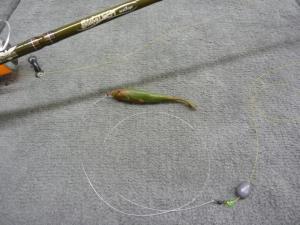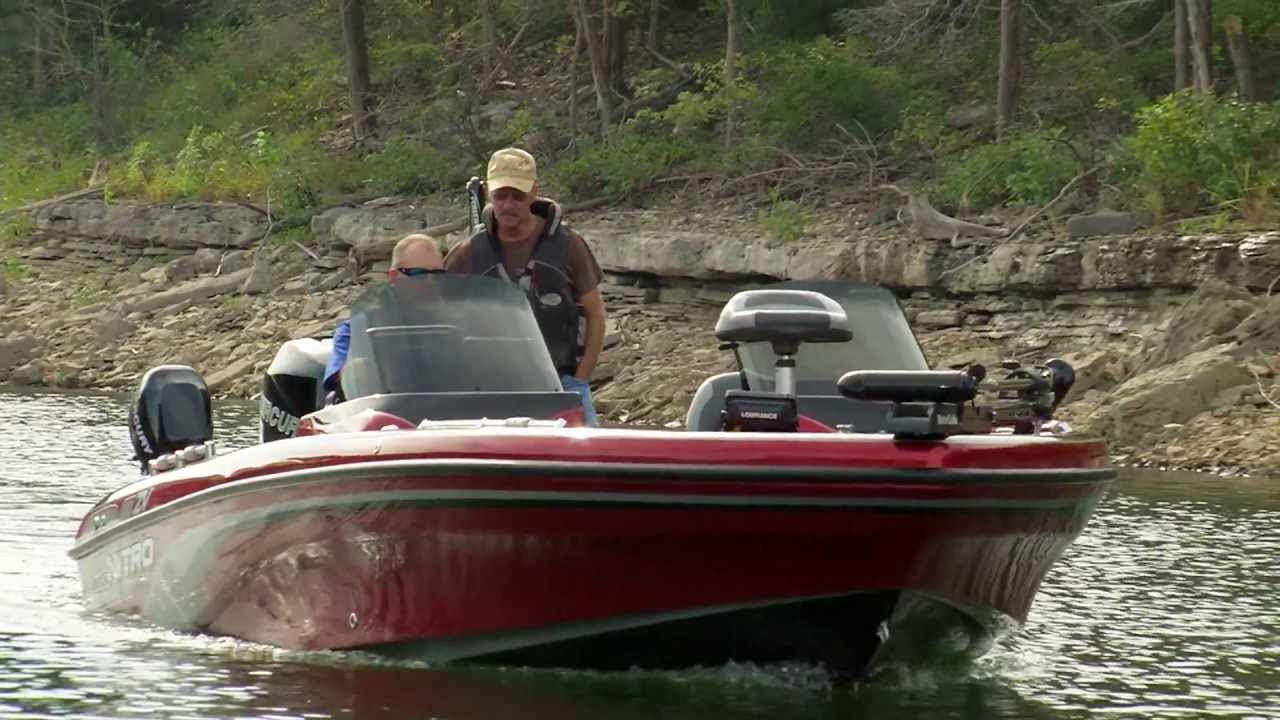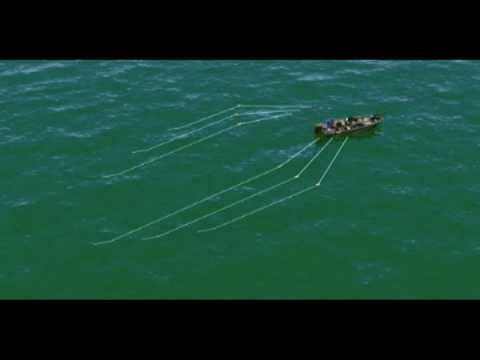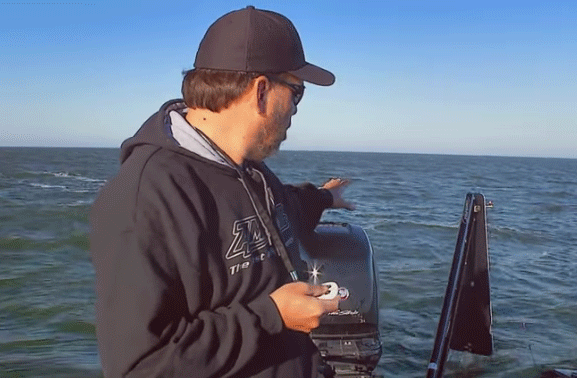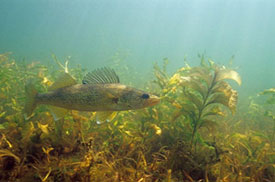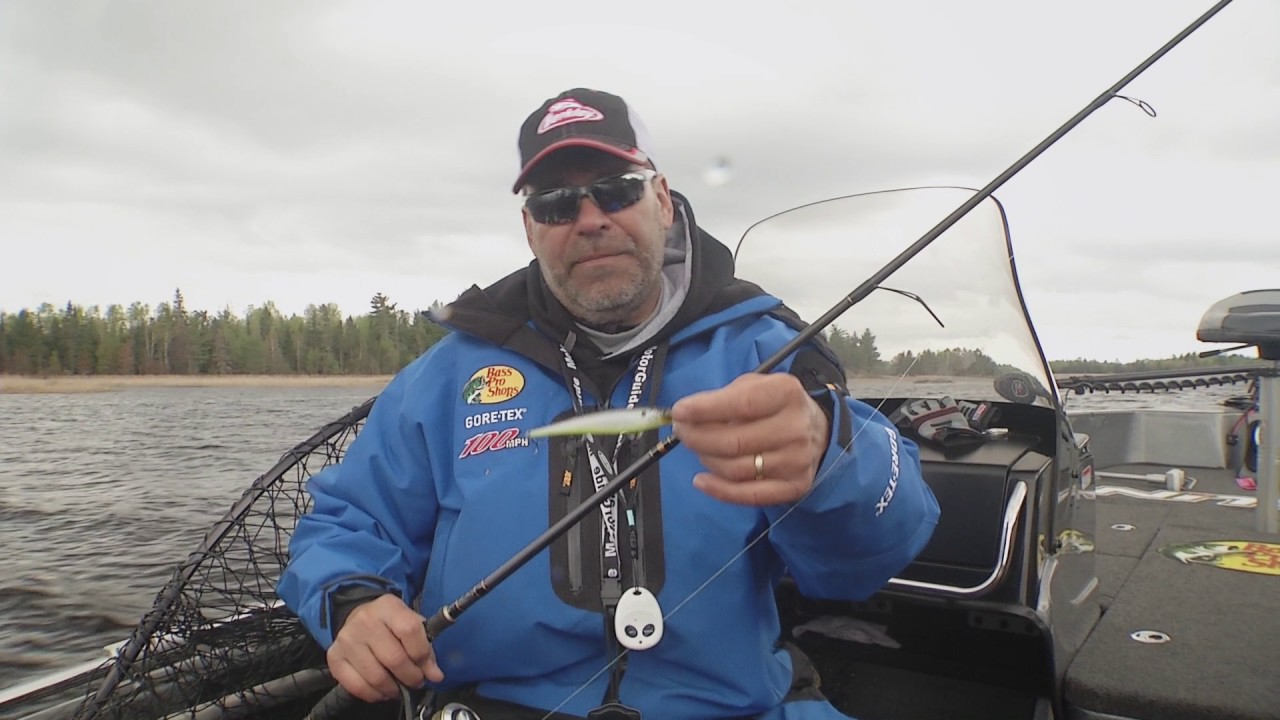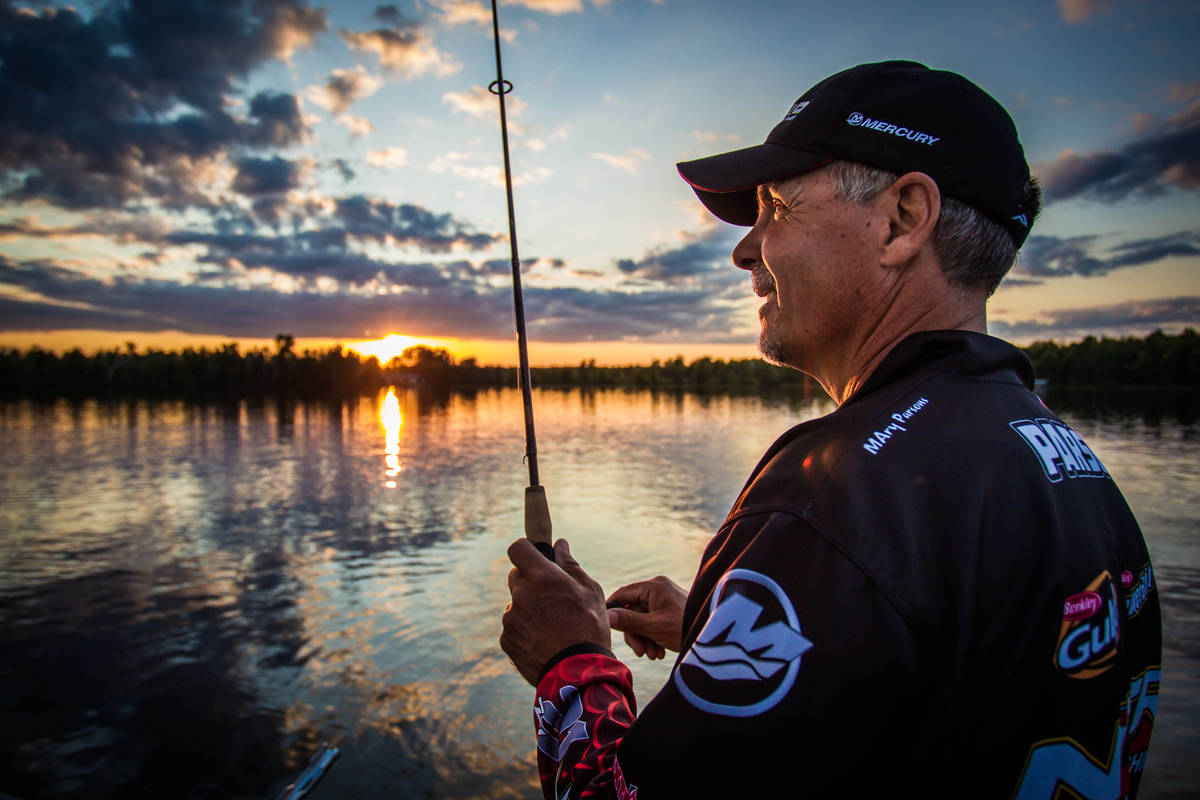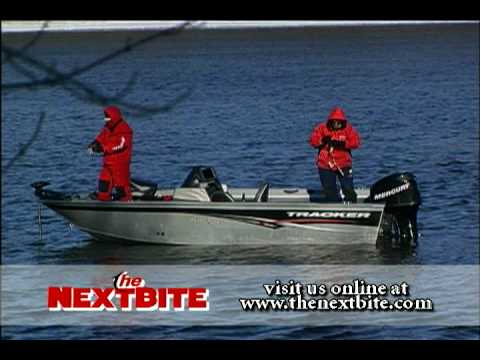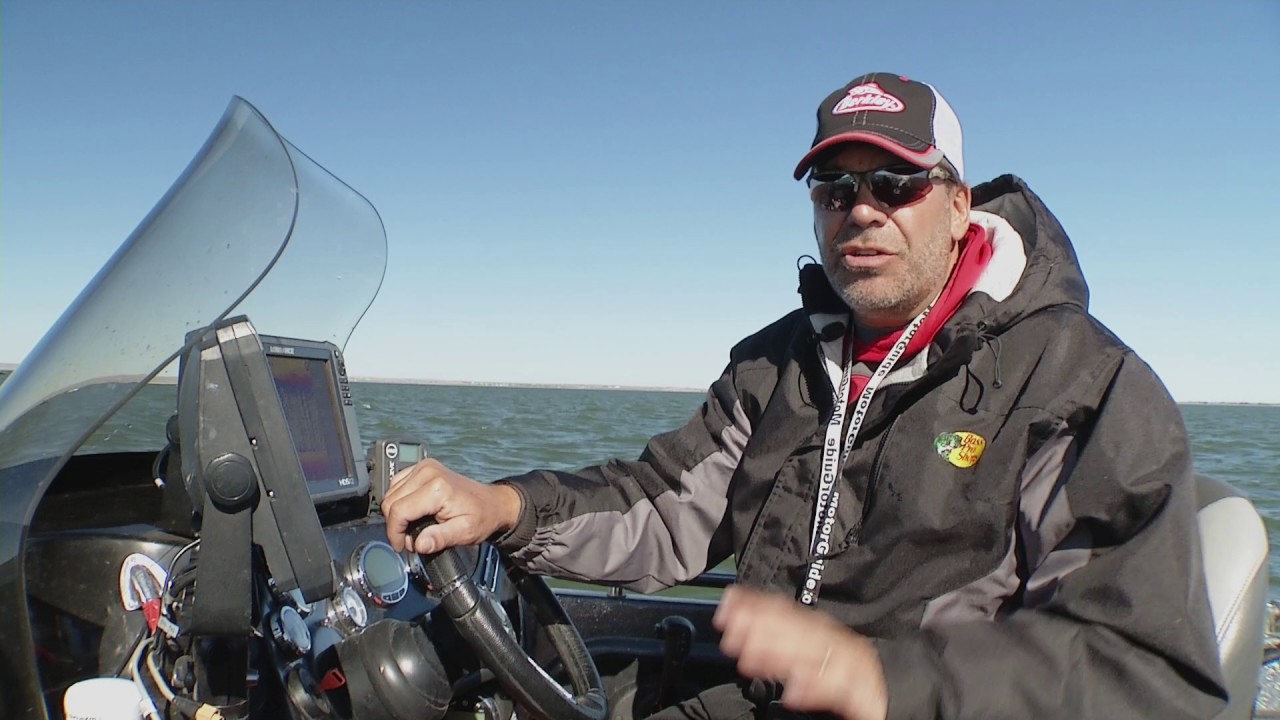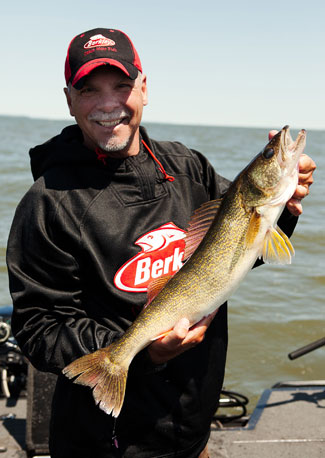 Even with a steady growth in the popularity of ice fishing over the past few years there is still a fair contingent of walleye anglers that really don’t embrace the whole concept of their winter “Honey Hole” being a portal cut through the frozen surface of the water. One might think that if you live in the North Country, the only option come winter would be to fish through a hole in the ice. After all, it’s cold up here this time of year … really cold. But if you’re a walleye angler looking for open water fishing opportunities this time of year, there are options. Ice fishing is not the only game in town. As a matter of fact, it may not even be the best game in town.
Even with a steady growth in the popularity of ice fishing over the past few years there is still a fair contingent of walleye anglers that really don’t embrace the whole concept of their winter “Honey Hole” being a portal cut through the frozen surface of the water. One might think that if you live in the North Country, the only option come winter would be to fish through a hole in the ice. After all, it’s cold up here this time of year … really cold. But if you’re a walleye angler looking for open water fishing opportunities this time of year, there are options. Ice fishing is not the only game in town. As a matter of fact, it may not even be the best game in town.
It’s no secret really. Consider where many of you probably fished the last waning days of late fall before winter’s icy grip took hold. There’s a good chance you were in the upper stretches of a river system. That’s always where large numbers of walleyes and in many cases saugers as well, congregate in late fall in preparation for the spawning rituals of spring. So where do you suppose those fish spend the winter months? Right where you left them. They haven’t gone any where.
Total Solutions Technique
For the most part, when dealing with river walleyes and saugers in winter, your efforts should be concentrated in the areas below dams and in or near deeper holes. Depending on the river, that could mean the waters immediately below the dam to as far as five miles below the dam. The key will be deep water. Winter time typically means reduced current and lower water levels in these river systems. The walleyes will winter in the deeper holes, making occasional feeding forays into the shallows. The channel edges become key structure under these conditions. Pay close attention to the current flow and water levels however. If levels rise and/or current increases due to anything from run-off to power generation at the dam, “high-water” structures such as wing dams, sand bars or shallow flats just adjacent to the channel can become hot spots.
Your standard arsenal of river walleye presentations will catch fish, with vertical jigging and three-way rigs being your bread-and-butter tools. As noted before, fish will be concentrated, holding in key spots along the channel edge. Hovering on these spots with a slow presentation like a jig and minnow combination is tough for any walleye to resist.
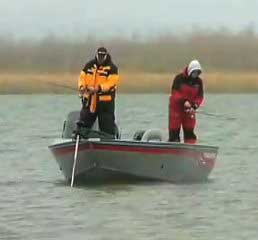 There’s been a huge shift the past couple of years when it comes to cold water river walleye fishing. Late fall and winter was once thought to be the sole domain of the “jig and minnow” presentation. Walleyes and saugers are not necessarily real active in these colder water environments, but they do tend to be concentrated in good numbers in relatively defined areas. The subtle attraction of the jig and live minnow vertically jigged right in front of their noses has historically proven to be both effective and efficient for catching fish. However, more and more anglers are finding that jigs tipped with artificial tails can be just as, if not more productive as the traditional offerings.
There’s been a huge shift the past couple of years when it comes to cold water river walleye fishing. Late fall and winter was once thought to be the sole domain of the “jig and minnow” presentation. Walleyes and saugers are not necessarily real active in these colder water environments, but they do tend to be concentrated in good numbers in relatively defined areas. The subtle attraction of the jig and live minnow vertically jigged right in front of their noses has historically proven to be both effective and efficient for catching fish. However, more and more anglers are finding that jigs tipped with artificial tails can be just as, if not more productive as the traditional offerings.
Total Solutions Equipment
The gear used for vertical jigging is very critical to success. A high-modulus graphite, 6 foot, medium to medium light action spinning rod is the tool of choice for most veteran river rats. Line choice is also important. For maximum feel, no-stretch 6-2 Berkley FireLine or low-stretch 6 pound test Berkley Sensation are top choices. The less stretch the line has the more it will telegraph through the rod just what’s happening with the jig. It’s important to maintain bottom contact, and using equipment that will enhance sensitivity will put you well ahead of the game.
Tipping the jig with a live minnow is common, but more and more, artificial dressings are proving just as effective in many instances. Some of the more popular artificials would include the Berkley GULP! 4 inch Minnow, Berkley PowerBait Power Minnow, as well as the Berkley 3 inch GULP! Fry. In clear water, stick with natural colors, but if you’re dealing with stained or dingy water don’t be afraid to experiment with brighter colors like chartreuse. These artificial tails have plenty of scent and action to attract walleyes and are much easier to keep than live bait.
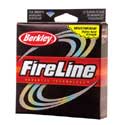 Berkley® FireLine® |
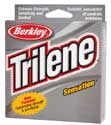 Berkley® Trilene® Sensation® |
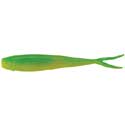 Berkley® 4 inch GULP!® Minnow |
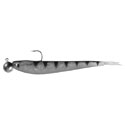 Berkley® 4″ Power® Minnow |
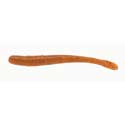 Berkley® 3 inch GULP!® Fry |

